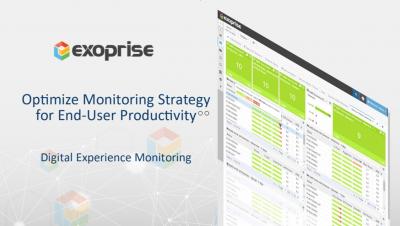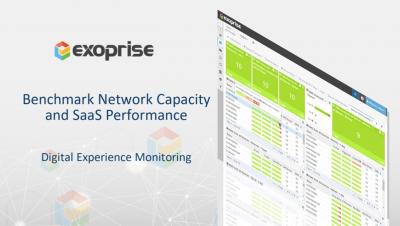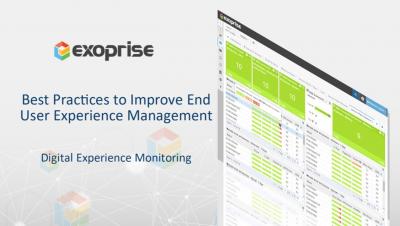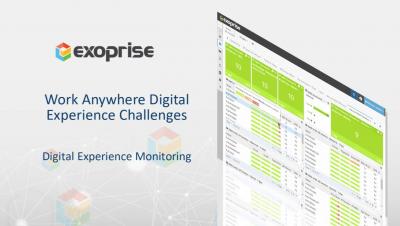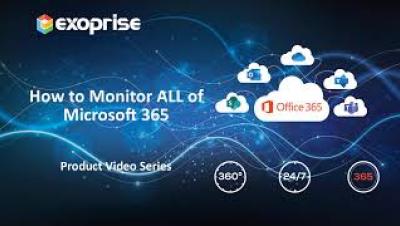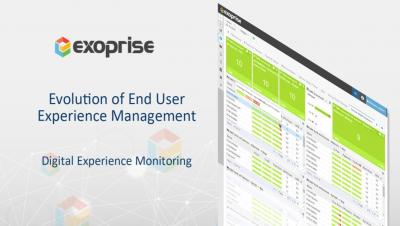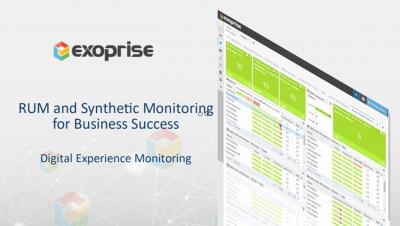Exoprise Delivers Resilient Digital Experience and Microsoft 365 Visibility to BCD Travel
Founded in 2005 and headquartered in the Netherlands, BCD Travel is a provider of global corporate travel management with offices in more than 100 countries. The company simplifies the complexity of business travel and drives savings for travel and procurement partners. The company's IT department has hundreds of employees worldwide with expertise in managing and supporting infrastructure across North America, Europe, and Asia.



